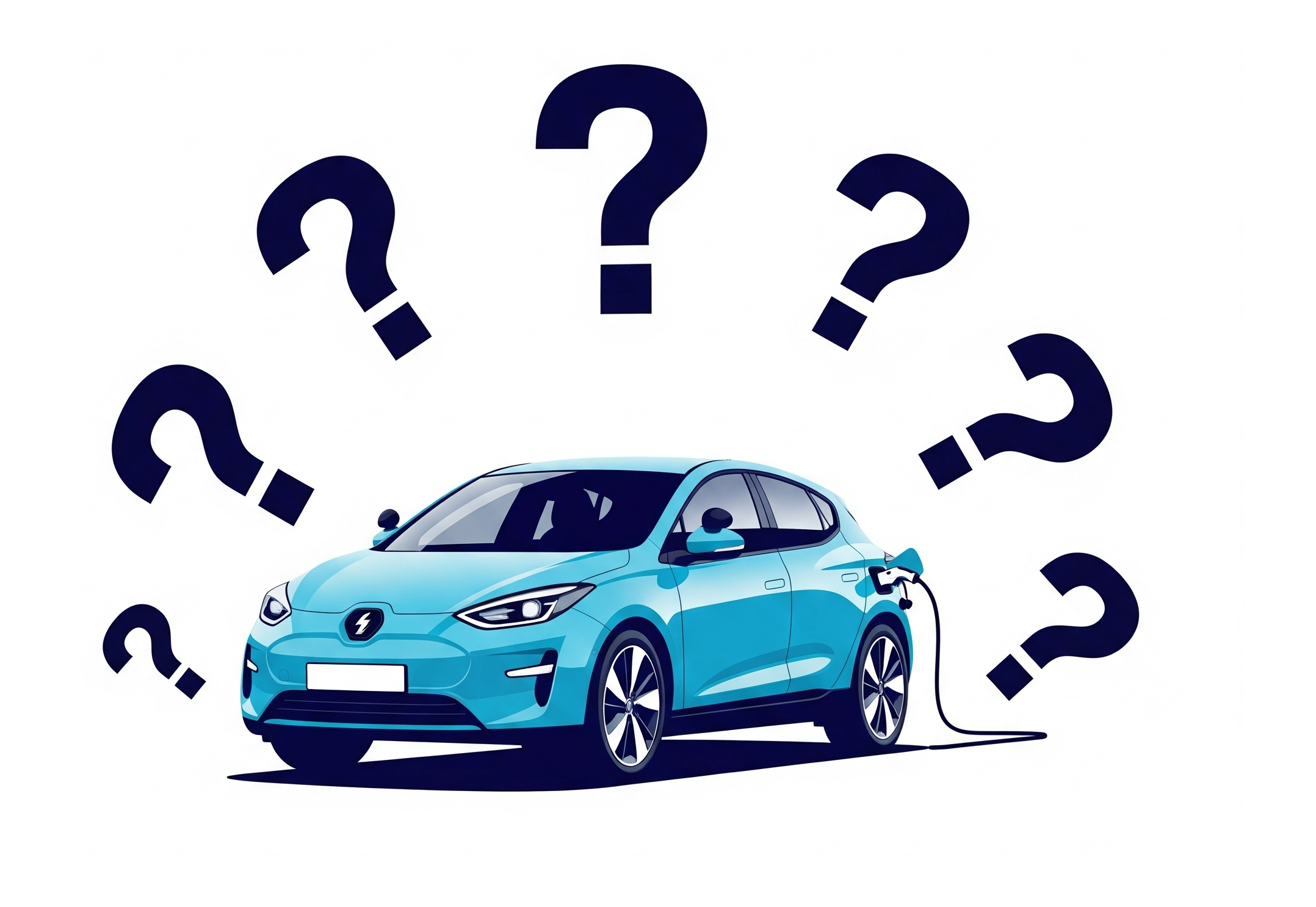Implementing the direction of the Government and the Ministry of Public Security on improving the quality of driving tests, the Traffic Police Department has compiled a set of 600 questions for road motor vehicle driving tests. The set of questions is scientifically constructed, updated with the latest legal regulations, ensuring that it is suitable for practical requirements and close to the required capacity of drivers.
For the first time, the theory test has questions related to electric vehicles.
Among the 600 questions, there are 2 questions directly related to electric vehicles including questions 262 and 263:
Question 262: When driving an electric car down a long slope, what should the driver pay attention to to ensure safety?
1. Check the vehicle's safety system and battery before departure.
2. Release the accelerator pedal to let the regenerative braking work.
3. Apply foot brake to handle emergency situations promptly.
4. All three of the above.
The correct answer is 4 - "all three of the above". Regenerative braking is a technology that helps the vehicle recover energy during deceleration. Drivers should select the highest level of regenerative braking to fully exploit the feature when going downhill, while ensuring safety by lightly applying the brakes in case of unexpected situations.
Question 263: When driving an electric car through flooded areas, what issues should the driver pay attention to?
1. The driver must understand the vehicle's water resistance to determine the route to take.
2. Hold the steering wheel firmly, keep a steady speed, avoid stalling the vehicle in the middle of the stream, and do not stop the vehicle on flooded roads.
3. Drive slowly, do not create waves and keep a safe distance from surrounding vehicles, especially pedestrians.
4. All three of the above.
The correct answer is 4 - "all three of the above". Many drivers are often subjective because they think that electric cars can wade through water better than internal combustion engine cars which are prone to stalling. However, car models have a certain wading ability and drivers need to understand it clearly. On flooded roads, the skills of keeping a steady grip on the steering wheel, going at a slow speed, keeping a distance, etc. are also very important.
The correct answer to all 3 questions related to electric vehicles is 4 - all answers in the question are correct.
Additionally, there is a question with an answer related to electric vehicles as follows:
Question 202: Drivers and owners of road motor vehicles should take the following fire prevention and fighting measures?
1. Do not install additional electrical equipment or accessories that are not in accordance with the manufacturer's design; comply with the periodic maintenance and operation procedures; regularly check the vehicle; if any unusual signs are detected (difficult to start, gasoline fumes, unusual noises, high engine temperature, burning smell), they must be fixed immediately.
2. When parking your vehicle indoors or in a parking lot, turn off the ignition, keep it away from fire and heat sources; do not buy gasoline or oil at spontaneous points of sale of unknown origin; do not use "gasoline and oil saving" measures that have not been verified for safety, as they may damage your vehicle or lead to a high risk of fire.
3. Do not leave flammable or combustible substances in the vehicle, under the seat, in the trunk, or in the engine compartment. For electric vehicles, it is necessary to choose a safe charging location, use the charging equipment properly, and monitor the charging process.
4. All three of the above.
The correct answer is “all three of the above”. It can be seen that charging electric vehicles to ensure fire and explosion safety has been given attention and drivers need to pay attention when charging electric vehicles.
In general, the set of questions is divided into 6 chapters, including: General regulations and road traffic rules: 180 questions; Traffic culture, driver ethics, fire prevention, fire fighting and rescue skills: 25 questions; Driving techniques: 58 questions; Structure and repair: 37 questions; Road signs: 185 questions; Solving traffic situations and skills to handle traffic situations: 115 questions.
In addition, the set of questions includes 60 questions about serious traffic safety situations. Candidates who answer any question in this group incorrectly will be assessed as failing.
Source: https://baonghean.vn/lan-dau-tien-bo-de-sat-hach-lai-xe-co-cau-hoi-ve-xe-dien-10298872.html









































































































Comment (0)